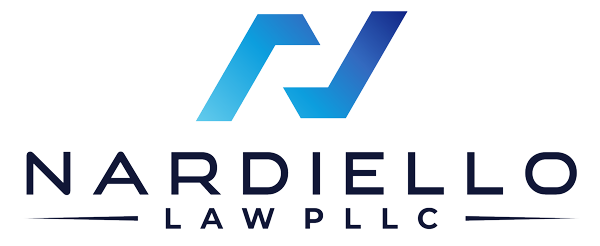Intellectual property is arguably the most valuable asset a business can own. Unfortunately, all too often, intellection property is stolen or used without permission. When a business, or individual, has an idea they want to protect, the best course of action is to protect their intellectual property is through legal protection.
By seeking legal protection, or property rights, over your intellectual property, you are establishing rightful ownership of your IP, while at the same time preventing the unlawful use of your intellectual property.
Four Types of Intellectual Property Protections
There are four types of intellectual property rights and protections (although multiple types of intellectual property itself). Securing the correct protection for your property is important, which is why consulting with an experienced intellectual property lawyer is a must. The four categories of intellectual property protections include:
Trade Secrets
Trade secrets refer to specific, private information that is important to a business because it gives the business a competitive advantage in its marketplace. If a trade secret is acquired by another company, it could harm the original holder.
Examples of Trade Secrets include recipes for certain foods and beverages (such as the Coca-Cola recipe, or Mrs. Fields’ Cookies), new inventions, software, various processes, and even different marketing strategies.
When a person or business acquires a Trade Secret Protection, others cannot copy or steal the idea without facing legal action. In order to establish information as a “trade secret,” and thus ensure the legal protections associated with trade secrets, businesses must actively behave in a manner that demonstrates their desire to protect that information.
Patents
As defined by the U.S. Patent and Trademark Office (USPTO), a patent is a type of limited-duration protection that can be used to protect inventions (or discoveries) that are new, non-obvious, and useful, such a new process, machine, article of manufacture, or composition of matter.
When a property owner holds a patent, others are prevented, under law, from offering for sale, making, or using the product.
Copyrights
Copyrights and patents are not the same things, although they are often confused. A copyright is a type of intellectual property protection that protects original works of authorship, which might include literary works, music, art, and more. Today, copyrights also protect computer software and architecture.
Copyright protections are automatic; once you create something, it is yours. However, if your rights under copyright protections are infringed and you wish to file a lawsuit, then registration of your copyright will be necessary.
Trademarks
Finally, the fourth type of intellectual property protection is a trademark protection. Remember, patents are used to protect inventions and discoveries and copyrights are used to protect expressions of ideas and creations, like art and writing.
Trademarks, then, refer to phrases, words, or symbols that distinguish the source of a product or services of one party from another. For example, the Nike symbol–which nearly all could easily recognize and identify–is a type of trademark.
While patents and copyrights can expire, trademark rights come from the use of the trademark, and therefore can be held indefinitely. Like a copyright, registration of a trademark is not required, but registering can offer additional advantages.
